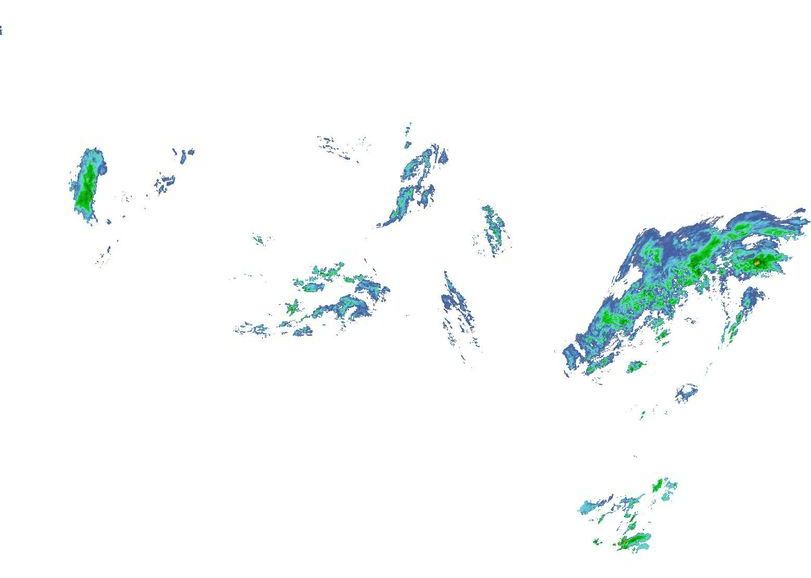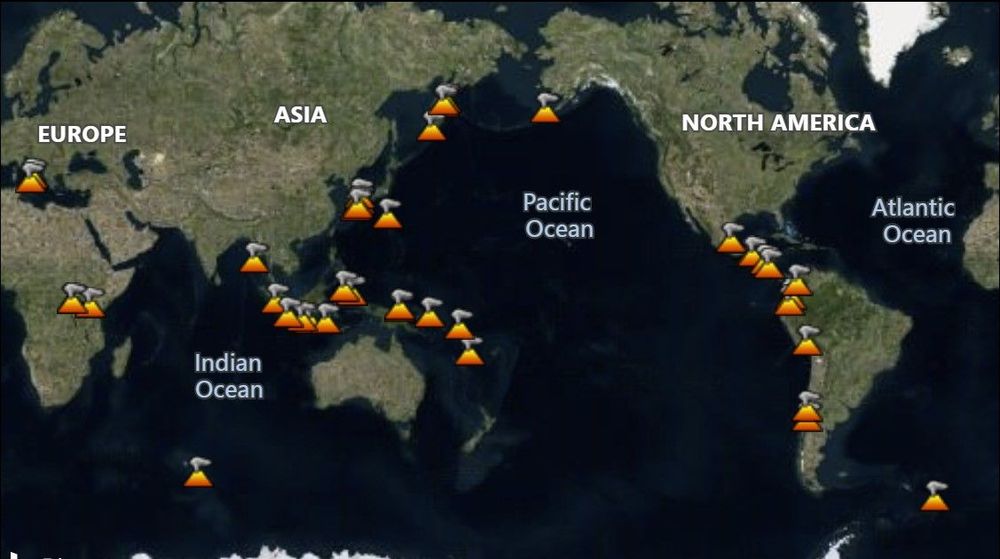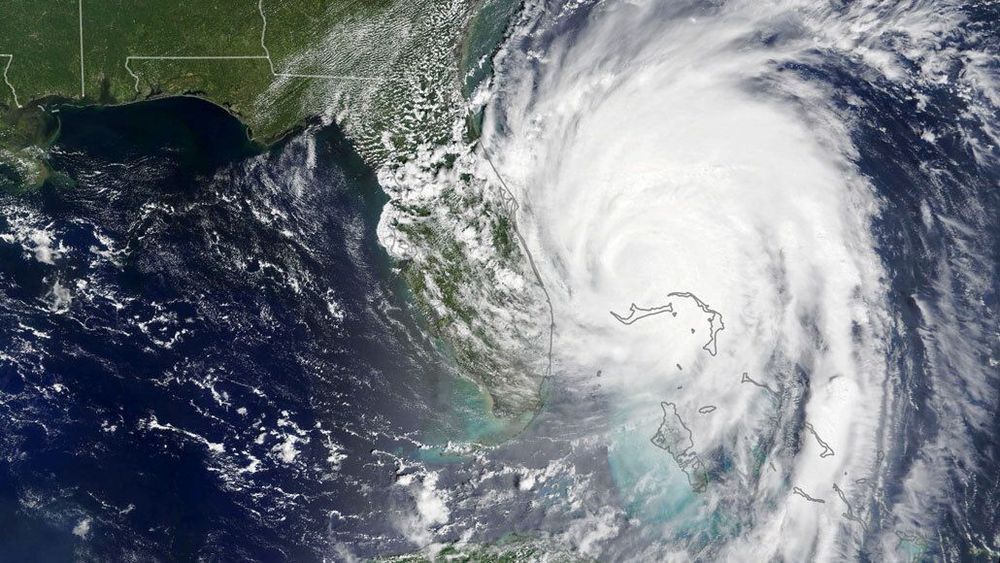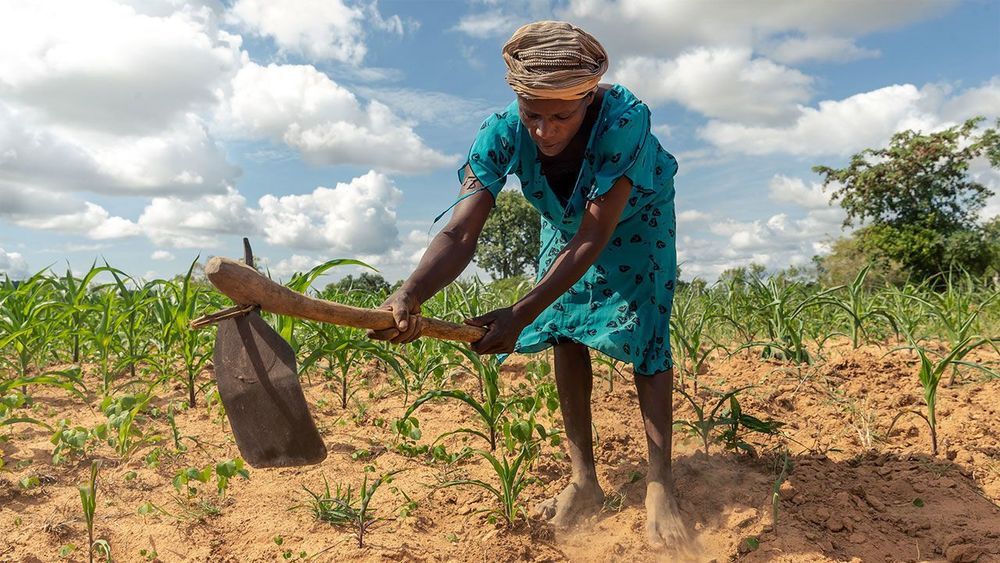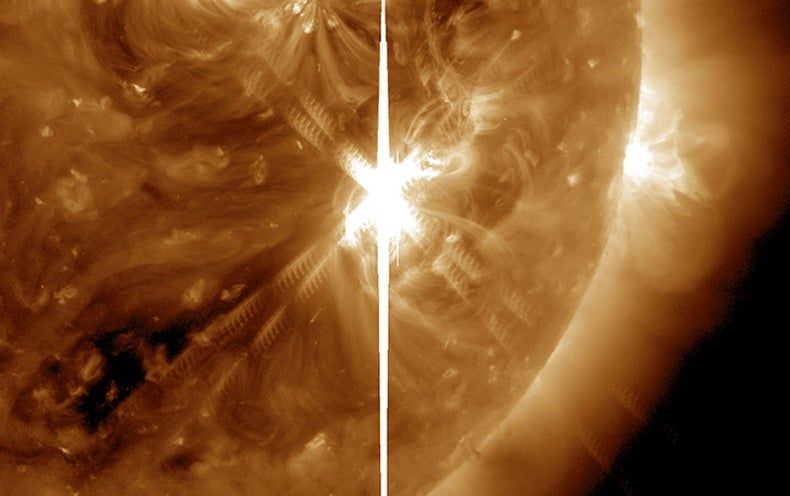Archive for the ‘climatology’ category: Page 116
Apr 24, 2020
Over 20 tornadoes hammered the South on Wednesday, more expected Thursday
Posted by Quinn Sena in category: climatology
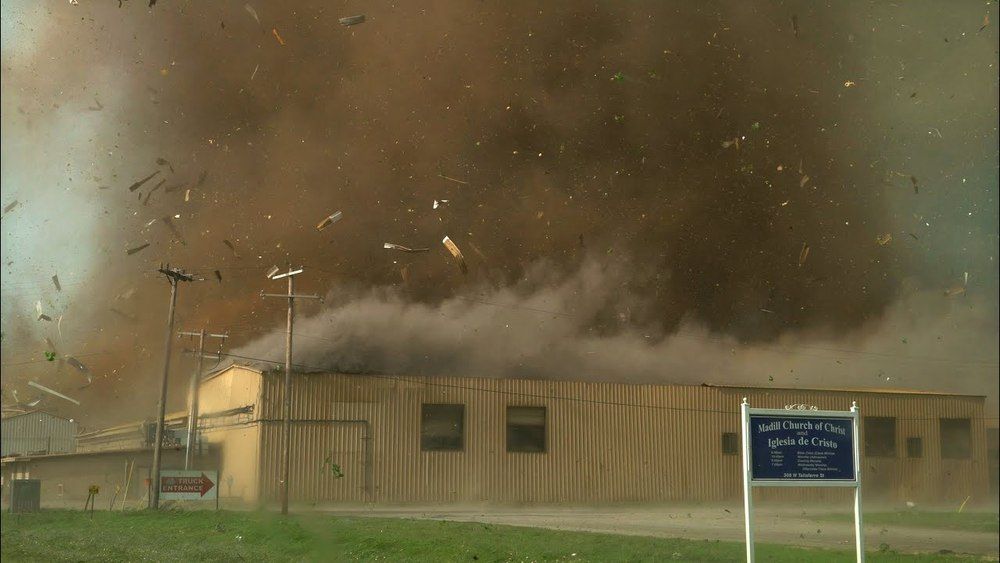
:oooo.
SOUTHERN UNITED STATES — Over 20 tornadoes touched down in the southern United States Wednesday, April 22 and more are expected Thursday, April 23. At one point, there were four distinct supercells on radar producing a tornado in Oklahoma.
Continue reading “Over 20 tornadoes hammered the South on Wednesday, more expected Thursday” »
Apr 24, 2020
More than 45 volcanoes are erupting right now
Posted by Fyodor Rouge in category: climatology
Volcano activity update.
Although detailed statistics are not kept on daily activity, generally there are around 20 volcanoes actively erupting at any particular time.
Overall there are 45 volcanoes with ongoing eruptions as of the Stop Dates indicated, and as reported through the last data update (17 April 2020) and shown in the diagram below.
Continue reading “More than 45 volcanoes are erupting right now” »
Apr 22, 2020
Two people killed after tornado hits Marshall County, officials say
Posted by Quinn Sena in category: climatology
Two people died Wednesday after a tornado hit the Madill area, according to officials in Marshall County.
Marshall County Emergency Management officials told KXII that two people died because of the storms that moved through the area. They have not released any information about the victims.
Apr 17, 2020
Forecasters predict a very active 2020 Atlantic hurricane season
Posted by Quinn Sena in category: climatology
Warmer ocean temperatures could fuel a very active Atlantic hurricane season, with one forecast predicting 18 named storms, including nine hurricanes.
Apr 17, 2020
Italy: Stromboli erupts for second time in one month
Posted by Fyodor Rouge in category: climatology
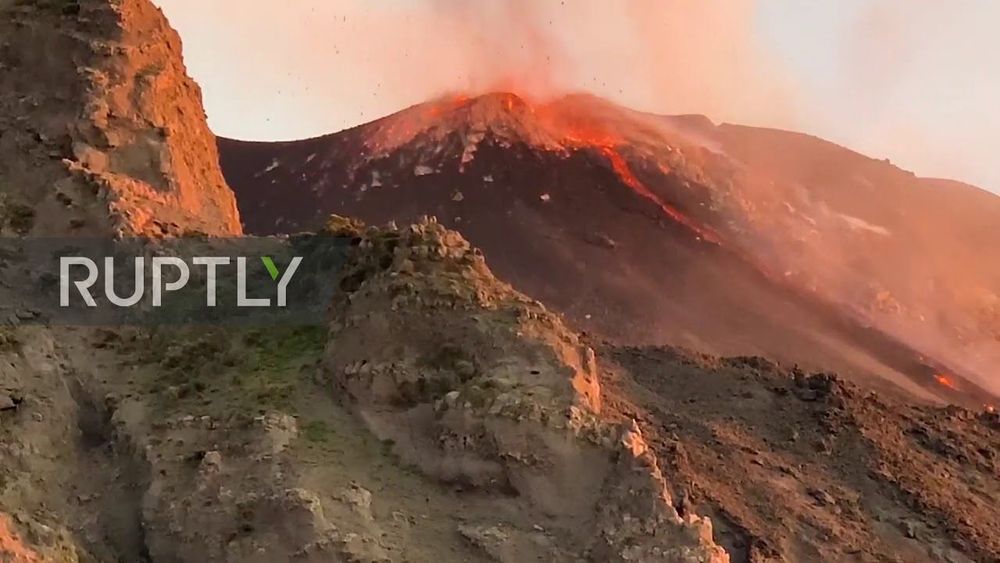
👽Stromboli has just erupted again for the second time this month. There has been 8000 earthquakes since January 2020 in Iceland, coinciding with a volcano network that has not been awake for 800 years.
There has been 250 small Earthquakes in Idaho, and the most recent relatively strong quake worldwide was registered in Honduras, over 6,3 magnitude, yesterday.
Continue reading “Italy: Stromboli erupts for second time in one month” »
Apr 16, 2020
How a team of scientists studying drought helped build the world’s leading famine prediction model
Posted by Fyodor Rouge in category: climatology
This is possibly part of the reasons there flocks of giant locusts ravaging Africa. Rainy periods of time like the March Rain may serve to catalyse their reproduction and they appear right when its time to harvest crops June and July, when farmers are just starting to harvest.
(Kenya, Somalia, and southern Ethiopia have the right conditions with the possibility of migrations to Uganda and South Sudan.)
Every few years, natural swings in the ocean can lead to such a warming, drastically altering weather on land—and setting the stage for flooding rains in East Africa. But at the same time, a second ocean shift was brewing. An unusually cold pool of water threatened to park itself south of Madagascar, leading to equally extreme, but opposite, weather farther south on the continent: drought.
Apr 16, 2020
The Sun Is Spitting Out Strange Patterns of Gamma Rays—and No One Knows Why
Posted by Fyodor Rouge in categories: climatology, particle physics, satellites, sustainability
Scientists have studied this ebb and flow for centuries, but only began understanding its effects on our planet at the dawn of the space age in the mid-20th century. Now it is clear that around solar maximum the sun is more likely to bombard Earth with charged particles that damage satellites and power grids. The solar cycle also plays a minor role in climate, as variations in irradiance can cause slight changes in average sea-surface temperatures and precipitation patterns. Thus, a better understanding of the cycle’s physical drivers is important for sustainable living on Earth.
Yet scientists still lack a model that perfectly predicts the cycle’s key details, such as the exact duration and strength of each phase. “I think the solar cycle is so stable and clear that there is something fundamental that we are missing,” says Ofer Cohen, a solar physicist at the University of Massachusetts Lowell. One obstacle to figuring it out, he says, is that crucial details of the apparent mechanisms behind the cycle—such as the sun’s magnetic field—are largely hidden from our view. But that might be about to change.
Tim Linden, an astronomer at The Ohio State University, and his colleagues recently mapped how the sun’s high-energy glow dances across its face over time. They found a potential link between these high-energy emissions, the sun’s fluctuating magnetic field and the timing of the solar cycle. This, many experts argue, could open a new window into the inner workings of our nearest, most familiar star.
Apr 15, 2020
Artificial lightning strikes encourage growth of shiitake mushrooms
Posted by Quinn Sena in category: climatology
See mushrooms are not of this earth o.o
Japanese researchers are closing in on understanding why electrical storms have a positive influence on the growth of some fungi. In a series of experiments, Koichi Takaki at Iwate University and colleagues showed that artificial lightning strikes do not have to directly strike shiitake mushroom cultivation beds to promote growth. Now they are developing technology to use electric stimulation in the production of the mushrooms, which are popular in many east Asian cuisines.
Bizarre as it may seem, atmospheric electricity has long been known to boost the growth of living things, including plants, insects and rats. In 1775, the priest and physicist Giovanni Battista Beccaria of the University of Turin reported, “it appears manifest that nature makes extensive use of atmospheric electricity for promoting vegetation”.
Continue reading “Artificial lightning strikes encourage growth of shiitake mushrooms” »
Apr 11, 2020
Largest Arctic ozone hole ever recorded opens up over the North Pole
Posted by Fyodor Rouge in category: climatology
👍hm, ok as I thought.
A hole in the ozone opens up every year above Antarctica — but scientists were surprised to find one on the other side of the planet.
